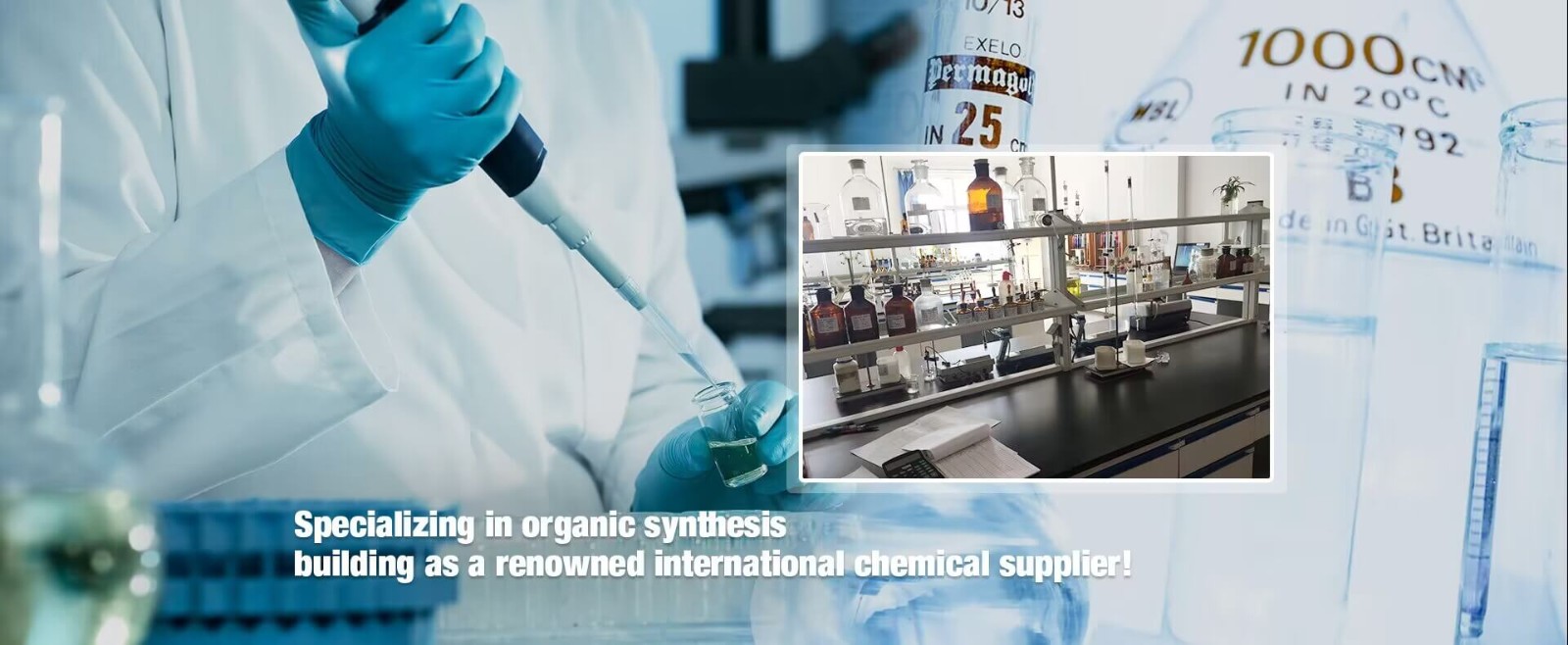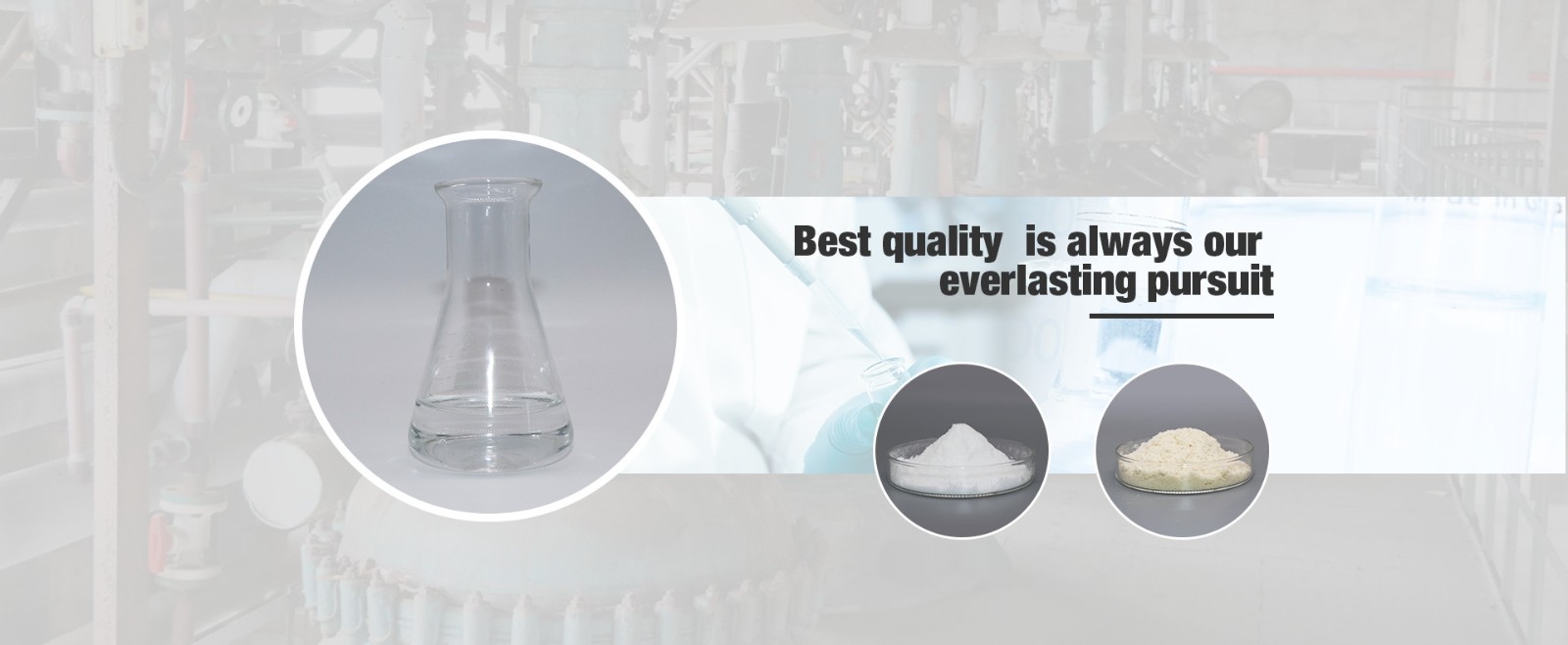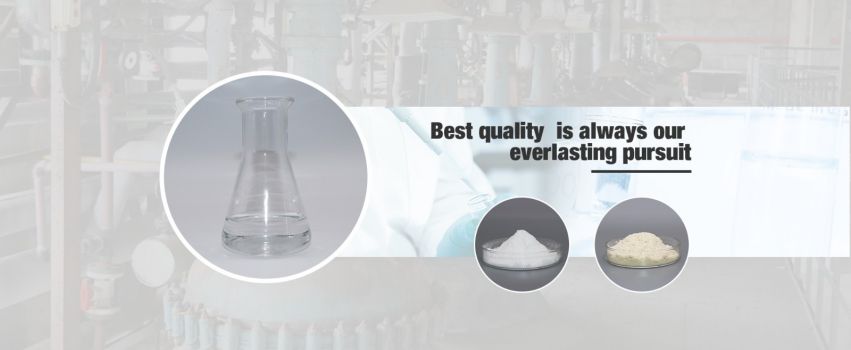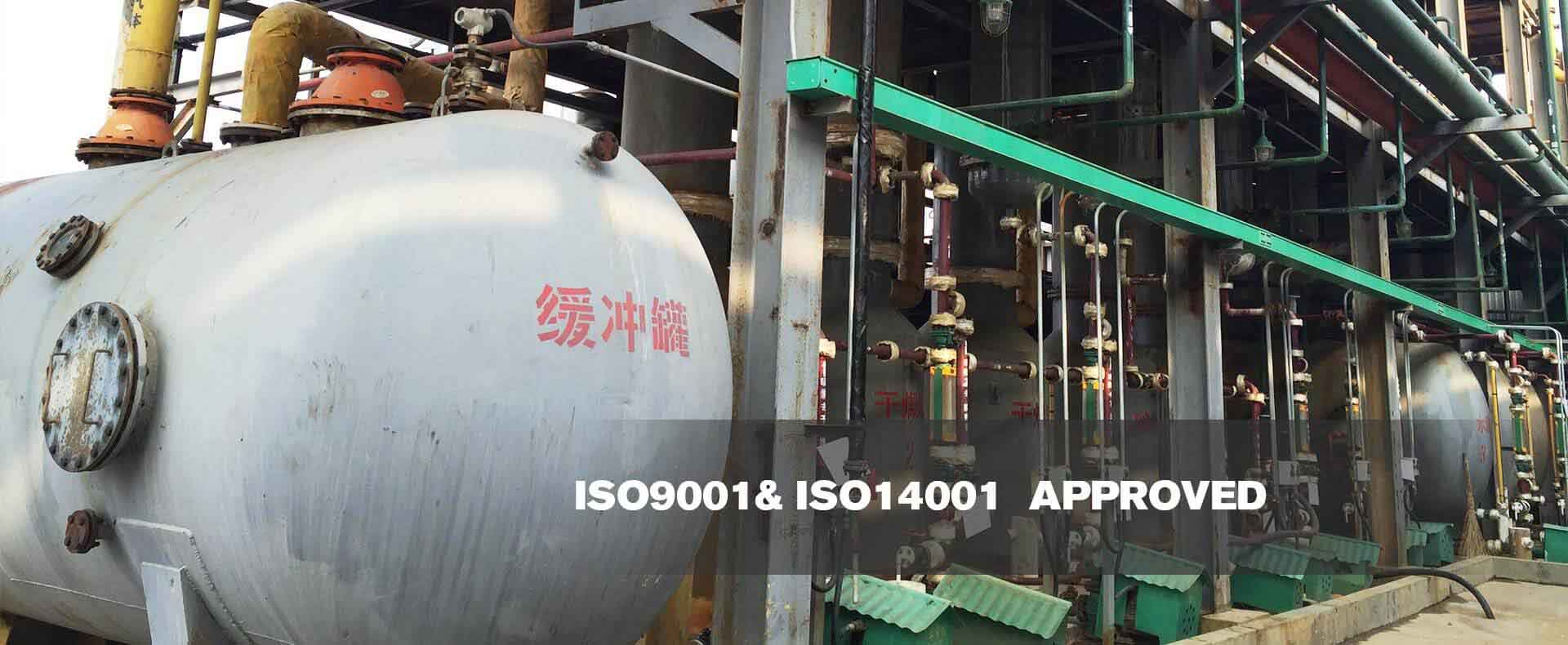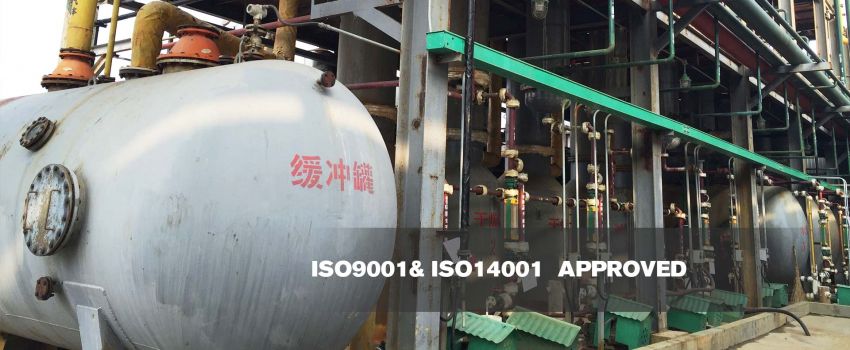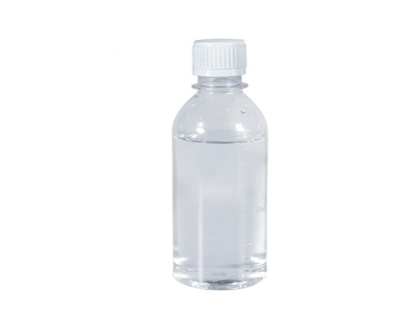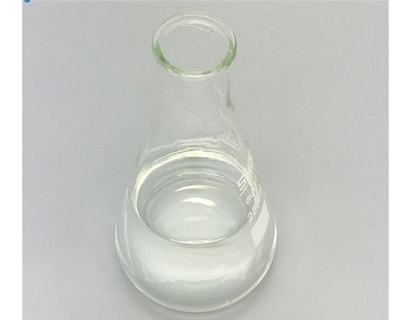What Are Basic Requirements for Chemical Storage?
Jul. 14, 2023
Proper chemical storage is essential to ensure safety, prevent accidents, and maintain the integrity of chemicals. Chemicals can be hazardous if not stored correctly, potentially leading to fires, explosions, or harmful chemical reactions. In this 800-word essay, we will discuss the basic requirements for chemical storage, including storage location, containers, labeling, ventilation, and handling procedures.
Storage Location:
a. Segregation: Chemicals should be stored based on their compatibility to prevent reactions that could lead to accidents or releases of toxic gases. Segregate chemicals according to their hazard classes, such as flammables, corrosives, oxidizers, and toxins. Consult the Safety Data Sheets (SDS) for guidance on segregation requirements.
b. Dedicated Storage Area: Designate a specific storage area for chemicals that is separate from other workspaces or living areas. Ideally, this area should be well-ventilated, well-lit, and equipped with appropriate safety measures. Ensure that the storage area is secure and inaccessible to unauthorized personnel, especially in areas where flammable or toxic chemicals are stored.
c. Environmental Considerations: Consider the environmental conditions when selecting a storage location. Avoid areas prone to extreme temperatures, direct sunlight, or high humidity, as these conditions can degrade chemical stability or pose additional hazards. Some chemicals may require specific temperature or humidity ranges for safe storage.
d. Accessibility: Ensure that the storage area is easily accessible for inspections, inventory management, and emergency response. Clear pathways should be maintained to allow safe movement and minimize the risk of spills or accidents.
Dibenzyl Toluene/DBT CAS:26898-17-9
Containers:
a. Compatibility: Select appropriate containers that are compatible with the chemical being stored. Containers should be resistant to the stored chemical, preventing leakage or reaction with the container material. Common container materials include glass, polyethylene (HDPE or LDPE), stainless steel, or specific chemical-resistant plastics.
b. Size and Shape: Use containers of an appropriate size to accommodate the quantity of chemicals being stored. Large containers should be avoided for chemicals that may degrade over time or require frequent usage. Consider the shape of the container, ensuring stability and preventing tipping or spilling.
c. Tight Sealing: Containers should have tight-fitting lids or closures to prevent leakage or evaporation of volatile chemicals. Ensure that lids are properly secured after each use and periodically check for any signs of damage or deterioration.
d. Secondary Containment: Use secondary containment measures, such as spill trays or basins, to contain any potential leaks or spills. This provides an additional layer of protection to prevent chemical contact with the floor or surrounding environment.
Labeling:
a. Identification: All chemical containers should be labeled with clear and legible information, including the chemical name, hazard warnings, and any necessary precautionary statements. Labels should be resistant to chemical exposure and remain readable throughout the storage period.
b. Color Coding: Consider implementing a color-coded labeling system to quickly identify different hazard classes or storage requirements. This can help facilitate proper segregation and prevent accidental mixing of incompatible chemicals.
c. Hazard Communication: Ensure compliance with relevant hazard communication regulations, such as the Globally Harmonized System (GHS), which provides standardized labels and safety data sheets. Proper hazard communication ensures that users are aware of the potential risks associated with the stored chemicals.
Ventilation:
a. General Ventilation: Provide adequate ventilation in the chemical storage area to prevent the accumulation of vapors or gases. Ventilation systems should be designed to exhaust or dilute hazardous fumes, ensuring a safe working environment.
b. Local Exhaust Ventilation: Consider installing local exhaust systems, such as fume hoods or ventilation cabinets, for specific chemical storage areas where fumes or gases may be generated. These systems capture and remove airborne contaminants at the source, minimizing exposure to hazardous substances.
Handling and Procedures:
a. Training: Ensure that personnel responsible for chemical storage receive proper training on handling and storage procedures, including hazard identification, proper container handling, spill response, and emergency protocols. Training should be provided periodically to refresh knowledge and keep up with changing regulations.
b. Inventory Management: Maintain an accurate inventory of stored chemicals, including regular inspections and record-keeping. This helps identify expired or deteriorated chemicals, plan for replacement or disposal, and prevent the accumulation of unnecessary or obsolete substances.
c. Spill Response: Establish spill response procedures and provide appropriate spill control equipment, such as spill kits, absorbents, and personal protective equipment (PPE). Personnel should be familiar with the spill response protocols, including containment, cleanup, and reporting procedures.
d. Disposal: Develop proper disposal procedures for chemicals that are expired, deteriorated, or no longer needed. Follow local regulations and guidelines for the safe disposal or recycling of hazardous waste. Avoid improper disposal methods that could harm the environment or pose risks to human health.
In conclusion, proper chemical storage is essential to maintain a safe working environment and prevent accidents. By following the basic requirements discussed above, including appropriate storage location, compatible containers, clear labeling, adequate ventilation, and adherence to proper handling procedures, you can mitigate risks associated with chemical storage and ensure the integrity and safety of stored chemicals.
-

CPHI & PMEC China (Shanghai) 2025 --- we are coming!
Mar. 14, 2025
-

Nice to meet you——CPHI 2024 Shanghai
Jul. 08, 2024









